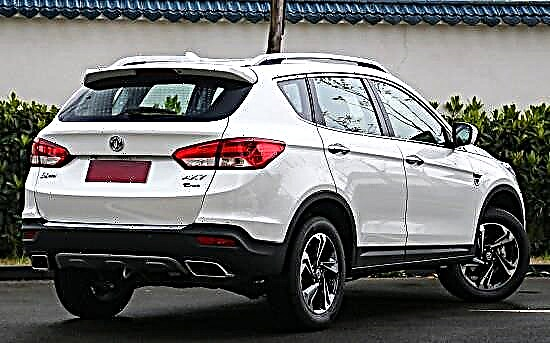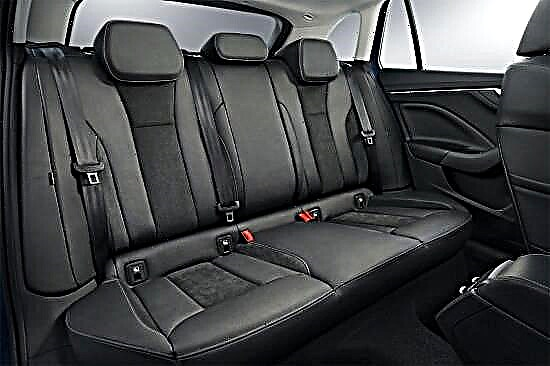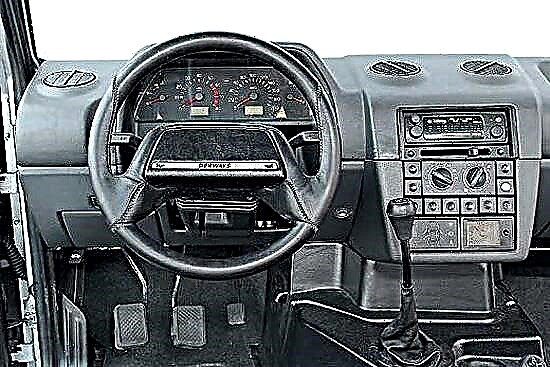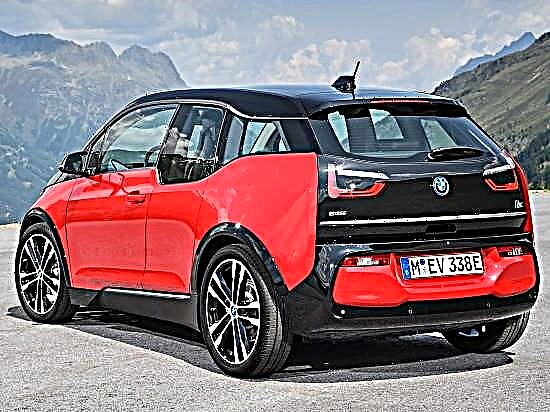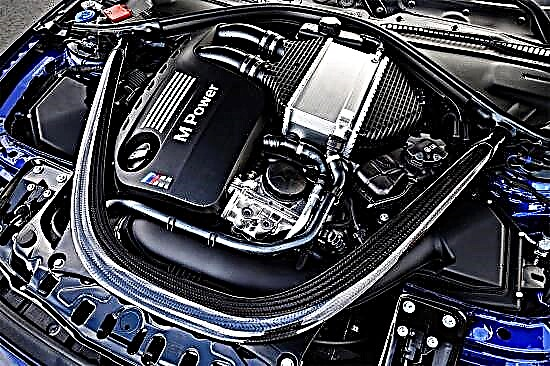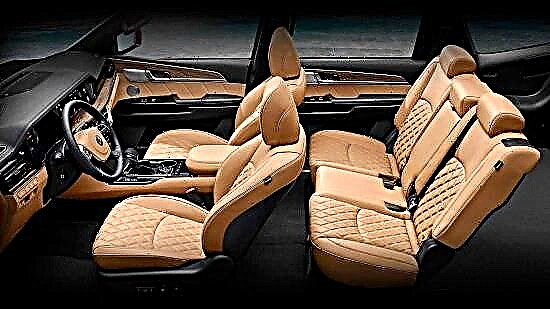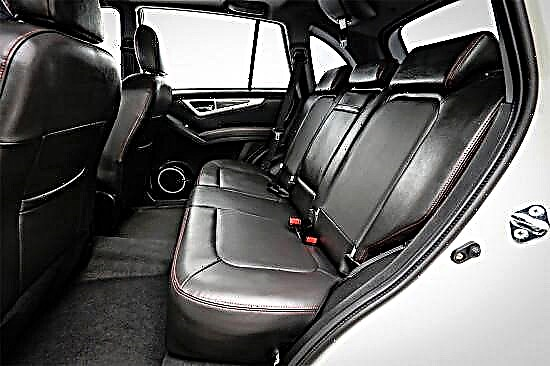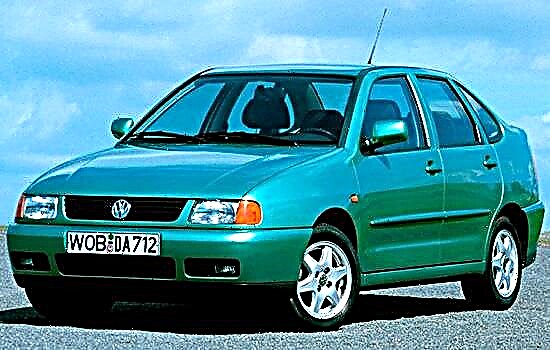In the fall of 1994, at the international motor show in Paris, Volkswagen presented the third generation Polo hatchback to the world, and in solutions with both three and five doors. A year later, the body assortment was replenished with a four-door sedan, which received the Classic prefix, and a Variant station wagon.

In 2000, the car underwent a major modernization (although it only affected hatchbacks), after which it was produced until 2002, although the sedan was available in Argentina until 2009.

The "third" Volkswagen Polo is a front-wheel drive B-class model, offered in four versions: a three- or five-door hatchback, a four-door sedan and a five-door station wagon.

The length of the car varies from 3715 to 4138 mm, width - from 1632 to 1655 mm, height - from 1420 to 1433 mm. Depending on the version, 2407-2444 mm are allocated for the wheelbase, and 104-140 mm for the ground clearance.
The 3rd generation Volkswagen Polo was equipped with a wide range of power plants operating on both gasoline and diesel.
- The petrol range includes naturally aspirated four-cylinder units with distributed fuel injection with a volume of 1.0 to 1.8 liters, the output of which ranges from 50 to 120 horsepower and from 86 to 148 Nm of peak thrust.
- The part on heavy fuel is no less diverse - atmospheric and turbocharged versions with a volume of 1.4-1.9 liters, generating 60-90 "horses" of power and 115-202 Nm of torque.
In partnership with the engines, a 5-speed manual transmission or a 4-band automatic transmission worked, directing the potential to the front wheels.

The basis for the "third" Volkswagen Polo is the A03 architecture with MacPherson struts on the front axle and a twisting beam in the rear axle structure. The rack and pinion steering mechanism is aggregated with a hydraulic booster, the braking system on the front wheels is represented by disc devices, and on the rear wheels - by drum devices.
As an option, the car was equipped with ABS with electronic brake force distribution.
The positive qualities of the car are good handling, reliable design, low cost, high-torque and economical motors, high maintainability and ease of maintenance, available spare parts.
Negative points - low ground clearance, stiff suspension, cramped interior and low level of sound insulation.

